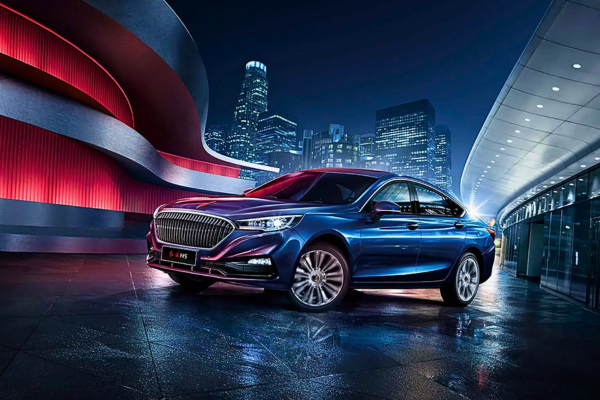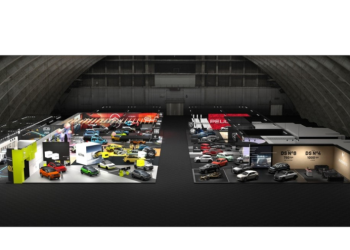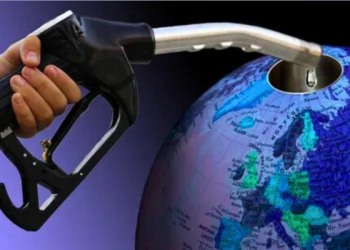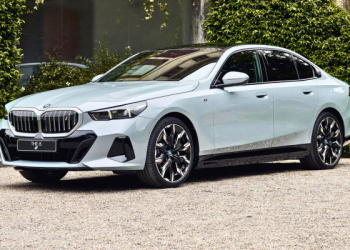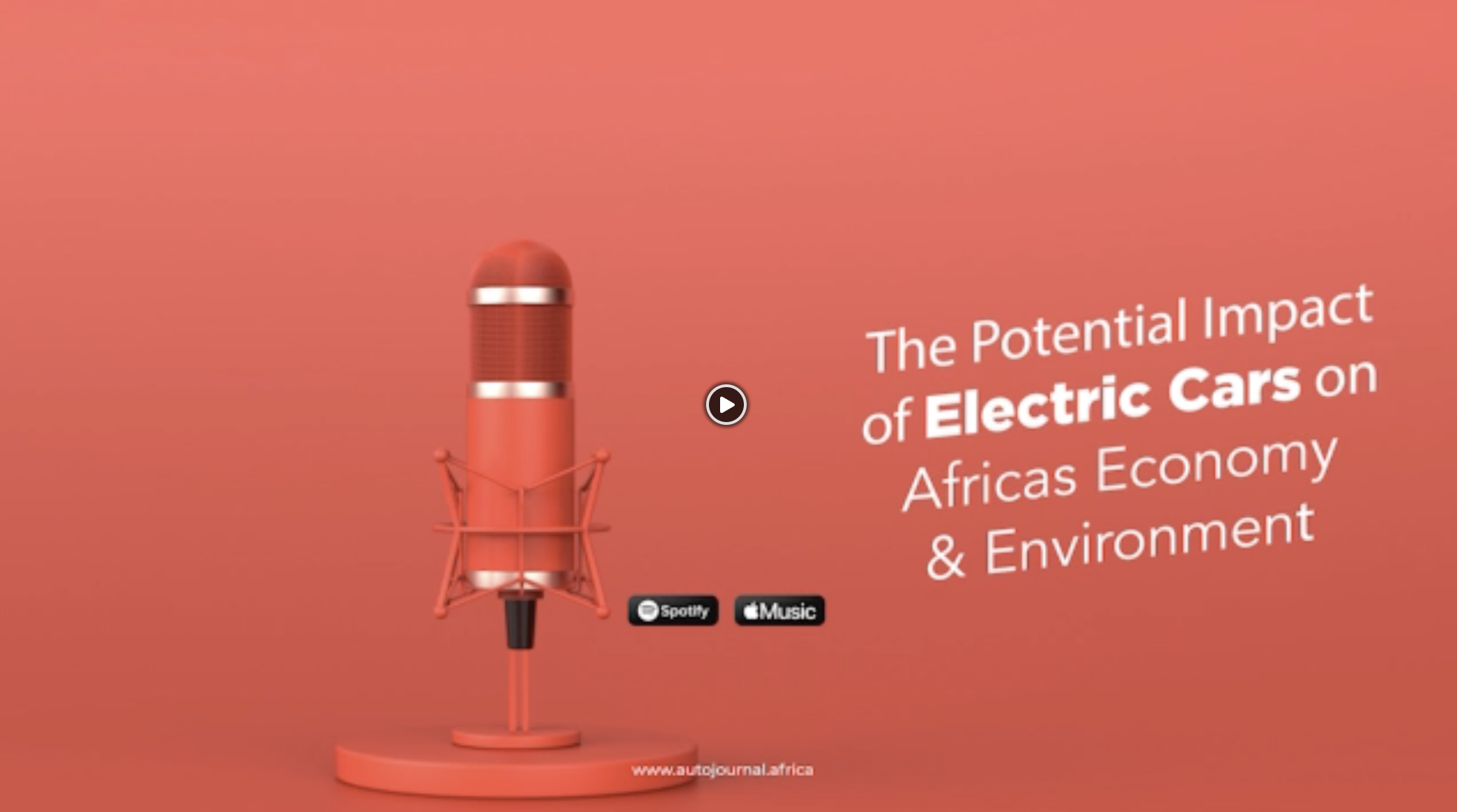Once dismissed as imitators, Chinese automakers are rewriting the global automotive playbook. With record-breaking sales, cutting-edge innovation, and bold international expansions, China’s car brands are no longer just players—they’re industry leaders.
In 2024, China sold nearly 11 million new energy vehicles (NEVs), up 40.7% from the previous year, according to the China Passenger Car Association (CPCA). NEVs made up 47.6% of China’s total retail sales, compared to 22.6% in Europe as of November, based on data from the European Automobile Manufacturers’ Association.
In December alone, China sold over 1.3 million NEVs, a 37.5% year-on-year increase and the fifth straight month of exceeding one million sales. “The transformation of Chinese automakers is unprecedented,” said an industry analyst. “They are no longer just producing cars, they are building the future of mobility.”
SAIC Motor: Pioneering Innovation on a Global Scale
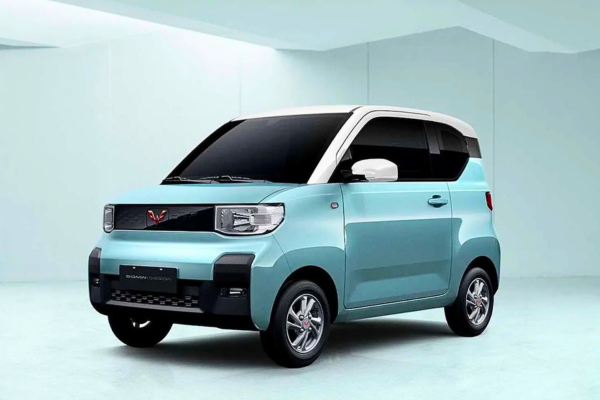
SAIC Motor, one of China’s largest automakers, is a cornerstone of the nation’s automotive dominance. With annual production exceeding 5.3 million vehicles, including over 1 million new energy vehicles (NEVs), SAIC ranks among the world’s top 10 car manufacturers by revenue.
The company’s portfolio is as diverse as its ambitions. From the luxury EV brand IM Motors to the globally recognized MG, SAIC has mastered the art of balancing heritage with innovation. Its Wuling Hongguang mini EV, designed for affordability, has become one of China’s most popular models, appealing to urban commuters.
Founded in 1955, SAIC is positioning itself as a leader in sustainable mobility, pushing boundaries with advanced AI, sleek designs, and high-efficiency NEVs.
Dongfeng: Championing Affordability and Performance
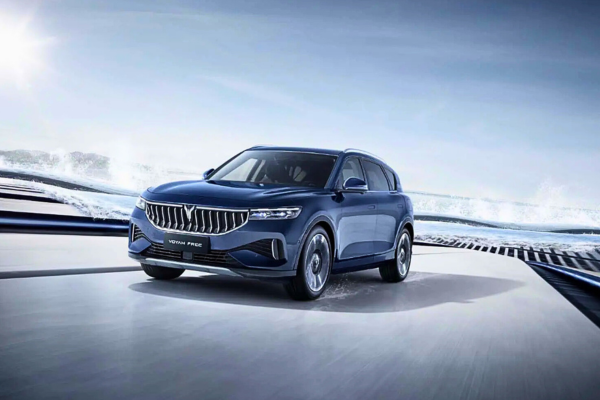
Dongfeng has built its reputation on affordability without sacrificing quality. Known for its practical yet advanced vehicles, the company’s flagship model, the Fengshen E70, exemplifies its focus on value-driven innovation.
A workforce of over 120,000 shows Dongfeng’s status as a key player in China’s economy. Its recent restructuring has brought all its sub-brands—Aeolus, Nammi, and eπ—under a single umbrella, streamlining operations and boosting efficiency.
Founded in 1969, Dongfeng continues to drive innovation in both passenger and commercial vehicles, maintaining its focus on sustainable mobility.
FAW: Merging Legacy with Future Ambitions
As one of China’s oldest automakers, FAW has been a cornerstone of the nation’s automotive history since 1953. It produced China’s first domestically made car, and today, it continues to lead with a strategic focus on electrification and enhanced driver experiences.
FAW’s luxury division, Hongqi, is a beacon of prestige. The Hongqi L5, with its vintage Rolls-Royce-inspired design, represents opulence, while the Hongqi LS7 SUV boasts a turbocharged V8 engine, rivaling the performance of top-tier American SUVs.
With annual sales of 3.5 million vehicles and a legacy spanning over seven decades, FAW is positioning itself as a global innovator while staying true to its roots.
The Global Impact
Chinese automakers are not just reshaping the domestic market but also altering the global automotive landscape. By combining innovative technologies, bold design, and a commitment to sustainability, brands like BYD, SAIC, Dongfeng, and FAW are defining the future of mobility.
Read more on Global EV sales set to surpass 20 million in 2025, driven by China and Europe




